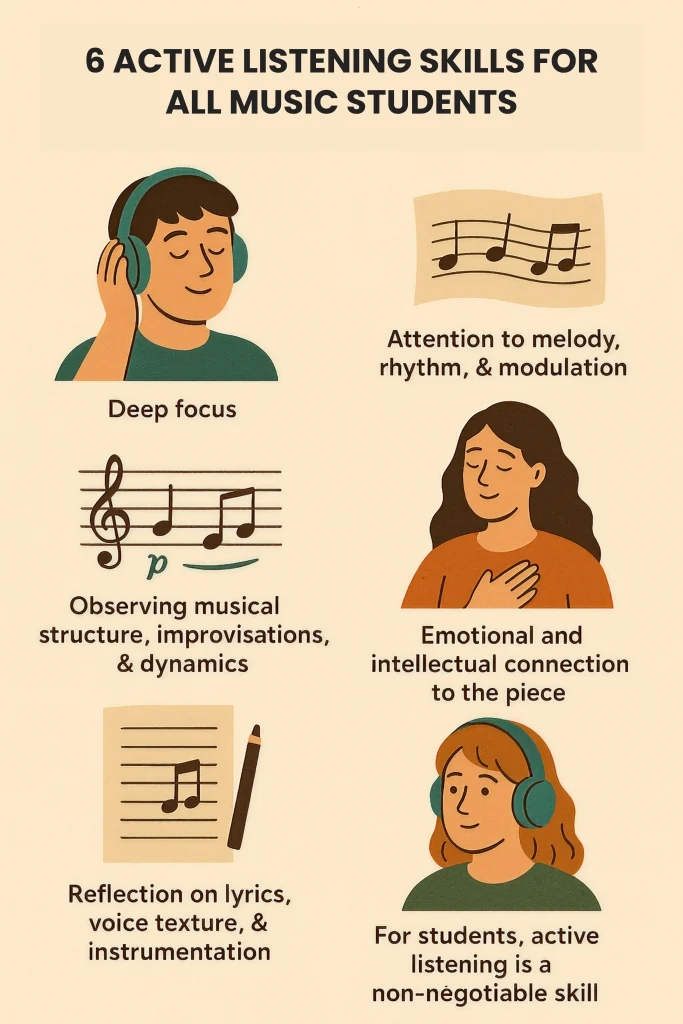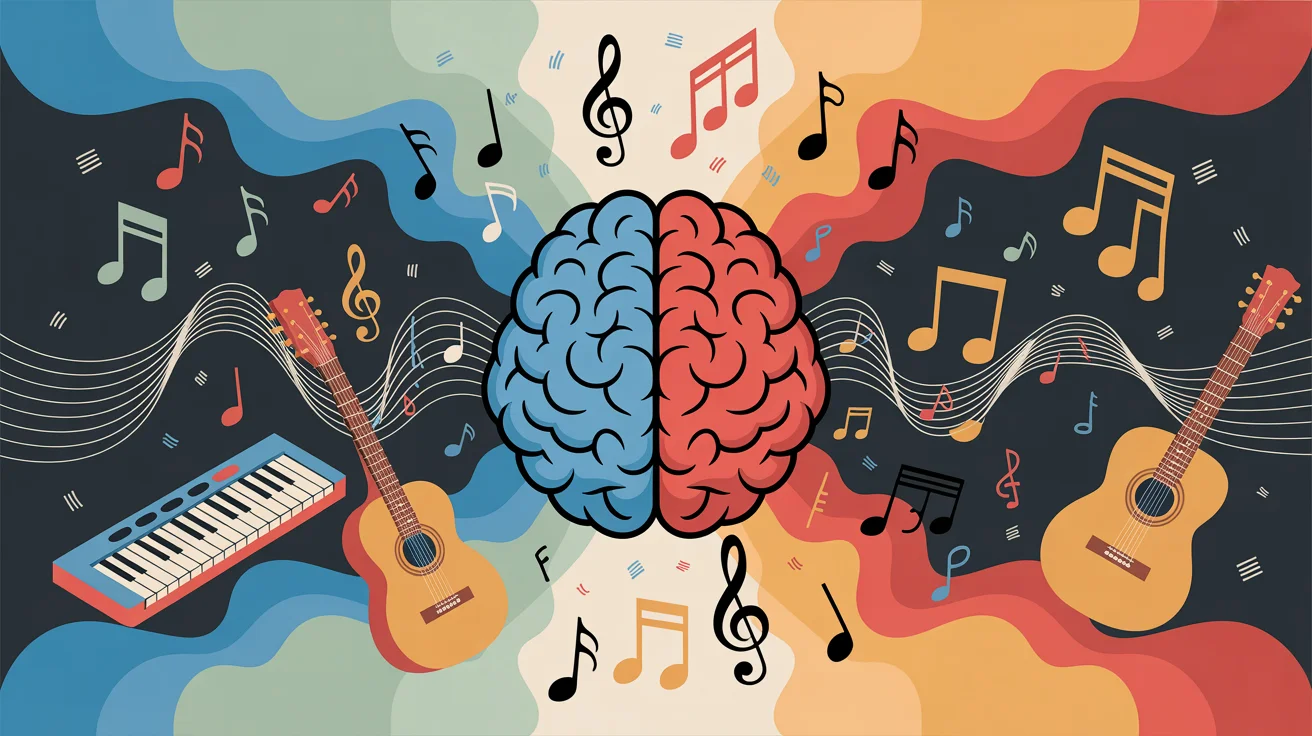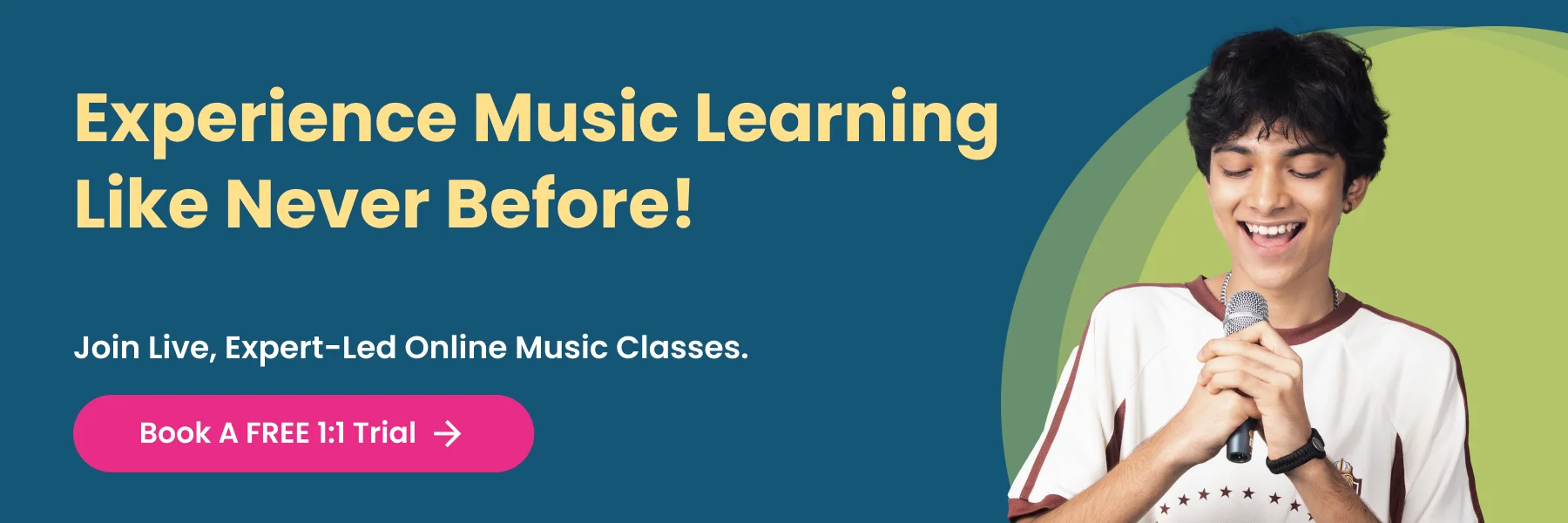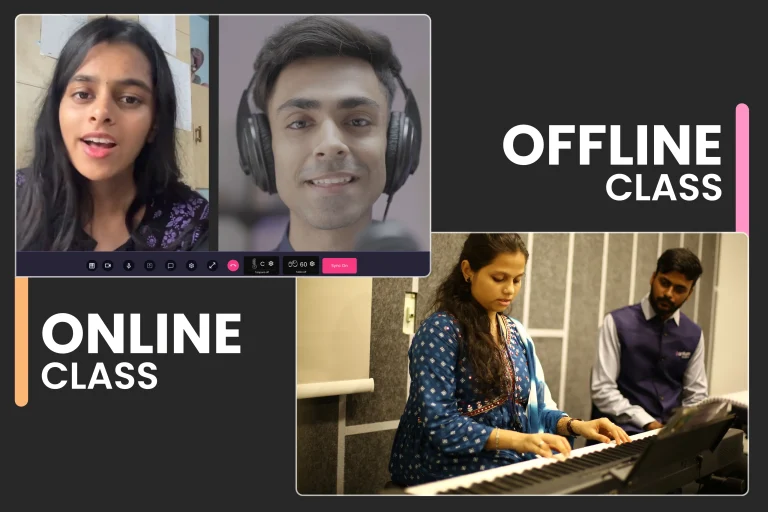All Topics
- Alchemizing Music Concepts for Students
- Artist Spotlight
- artium gift card
- Artium Maestros
- Artium News
- buying guide
- Carnatic Music
- Devotional Music
- Editorials by Ananth Vaidyanathan
- Film Music
- Guitar
- Hindustani Classical Music
- Indian Classical Music
- Indian Folk Music
- Insights
- Instruments
- Karaoke Singing
- Keyboard
- Kids Music
- maestros
- Music Education
- Music for Kids
- Music Industry
- Music Instruments
- Music Legends
- Music Theory
- Music Therapy
- Piano
- piano guide
- Success Stories
- Tamil Film Music
- Telugu Film Music
- Time Theory
- Tools
- Uncategorized
- Vocal Singing
- Vocals
- western classical music
- western music
- Western vocal music
Music Education, Music for Kids
Music as an Active Listening Vs. Music as a Vibe Enhancer
Music as an Active Listening Vs. Music as a Vibe Enhancer

Table of Contents
In today’s world, music serves many roles. Sometimes it moves us deeply. At other times, it accompanies us while we work, drive, or scroll through our phones.
But this blog focuses on a question-
Are we truly listening to music, or just letting it pass us by?
These are two fundamentally different modes of listening:
- Active Listening
- Vibe-Enhancing (Passive Listening)
Let’s explore what each of these means and how understanding the difference can transform your experience with music, especially if you’re a learner or practitioner.
There’s a powerful difference between listening to music actively—with intention, attention, and emotional engagement—and using music simply to set a mood. Both modes have value, but if you are on the path to becoming an artist, performer, or music professional, then knowing this difference could shape your entire journey.
What Is Active Listening?
Active listening is the art of giving music your undivided attention. It means engaging with the composition as you would with a book or a painting—attuning your ear to every nuance, every note, every lyrical phrase, every rhythmic cycle.
When I sit down with a raga or a playback track I’m rehearsing for a show, I’m not just hearing it—I’m absorbing it.

Characteristics of Active Listening:
- Deep focus (often eyes closed, no distractions)
- Attention to melody, rhythm, and modulation
- Observing musical structure, improvisations, and dynamics
- Emotional and intellectual connection to the piece
- Reflection on lyrics, voice texture, and instrumentation
- For students, active listening is a non-negotiable skill.
If you want to train your ears, expand your aesthetic sense, or improve your performance, you must listen consciously. It’s not a luxury—it’s a practice.
Music as a Vibe Enhancer
- In contrast, music as a vibe enhancer is more like an emotional backdrop. It’s what we play to match or change our mood, whether we’re studying, working out, cleaning, or commuting. It’s effortless, familiar, and soothing.
- This kind of listening has its value. I often use soft instrumental music while preparing lesson plans or organizing practice schedules. It sets a tone. It relaxes the mind. But it’s not the same as learning from the music.
Characteristics of Vibe-Enhancing Music:
- Background function
- Emotionally supportive
- Often repetitive or familiar
- Less attention needed
- More about “feeling” than “listening”
While vibe-enhancing music may be easy to enjoy, it doesn’t build musical depth in the same way active listening does. If you’re learning vocals, you can’t rely on background music alone and expect to grow.
A Simple Analogy
Think of it like this:
- Listening to music passively while doing other things is like trying to learn heart surgery while driving on a highway.
- Or like trying to become a pilot by watching cockpit tutorials while cooking dinner.
It may feel productive, but you’re not absorbing the details where they matter most.
Would we ever allow a surgeon to practice this way? Or a pilot? Or a dancer even?
Then why should music be any different?
If you’re serious about learning music, if you aspire to perform, teach, or express yourself with clarity and depth, it demands the same level of focus as any other disciplined profession. Music deserves your time. Your ears. Your mind. Your soul.
Passive Input Vs Active Transformation
Passive listening lays the groundwork. It’s like walking through an art gallery every day—you might develop an eye for beauty. But unless you pick up the brush, study the strokes, and practice techniques yourself, you won’t become a painter.
In music, the “brush” is active listening.
- Passive listening lets your subconscious store sounds.
- Active listening teaches you to decode those sounds, replicate them, and make them your own.
Only when you listen with full awareness do you start to grasp:
- How does a singer build emotion through meend (glide)?
- How does a taan or sargam pace rhythmically?
- How does silence between two notes speak volumes?
That kind of insight cannot be absorbed in the background. It has to be earned, with attention.
The Artist’s Mindset: Make Time for Music
One of the most essential qualities of any artist—whether classical or contemporary—is deliberate focus. We live in a world that glorifies multitasking, but music asks for something else: stillness, presence, and involvement.
If you’re learning music, don’t just surround yourself with it—engage with it. Treat a song like a lesson. Sit with it. Close your eyes. Ask: What is the singer doing here? What’s the emotion? What scale is this? What rhythm?
That shift—from passive hearing to active questioning—is what begins to shape a musician.
If you have an interest in music arrangements or music production, there is a term called ‘Cocktail party effect’-
The “cocktail party effect” in music refers to the auditory phenomenon where individuals can selectively focus on a single sound source, like a specific song or conversation, even amidst a cacophony of other sounds. This ability to filter out distracting noise and attend to a desired auditory stream is a powerful cognitive skill. This demands enormous attention.
If you are learning or doing music arrangements, you should have the ability to think in layers, like what will be played at the string sections, drum sections, synth, piano, and other instrumentations. This demands active listening with a cocktail party effect.
For example, when I was learning a sound engineering course, there was an exam activity which was to listen to the ‘Phir le aya dil’ song and plot its perceived sound into a stereo field graph, which is a practice of the cocktail party effect. Very useful for song mixing and mastering..
But now AI can separate the layers of music arrangements, and still active listening has its own benefits..
Each time we listen to a music piece actively, we discover new things that we previously missed.

Try This Active Listening Experiment
Pick one song. First, play it in the background while cooking, driving, or doing chores. Just enjoy the vibe. Later, listen to the same song again—this time with full attention, no distractions, headphones on. Notice the details: lyrics, instruments, and emotion. What did you catch the second time that you missed before? This simple shift reveals how much more music gives when we truly listen
Advanced Active Listening Exercises for Musicians
Active listening goes beyond just “hearing” music. It’s about diving deeper, uncovering the details, and connecting what you hear to your knowledge of musical concepts. Think of it as musical detective work—sometimes the goal isn’t to find an answer right away, but to discover something new each time you listen.
Here are some advanced active listening prompts you can try:
1. Major or Minor – Finding the Emotional Core
If you’ve learned about the difference between major and minor sounds, go beyond asking “Is this song happy or sad?”. Challenge yourself with:
“Does this sound like it’s in a major or minor key?”
Notice how the choice of tonality changes the emotional character of the music.
If you are familiar with Indian classical music, you may relate the song with the raag used in the song,or the music close to any raag or more raags,
2. Instrumentation – Spotting the Sound
Layers
Instead of simply asking, “What instruments do I hear?”, dig deeper:
How many instruments are playing?
Which ones are carrying the melody? Which ones are playing accompaniment?
Can you hum or sing along with one instrument’s part?
Can you identify the role of the bass, rhythm, and harmony in the mix?
3. Lyrics – The Story Behind the Sound
When a song has lyrics, listen to both the words and how they blend with the music:
What is the song’s story or message?
Does the mood of the music match the emotions in the lyrics, or does it contrast with them for effect?
How do melody, harmony, and rhythm shape the meaning of the words?

4. Time Signatures – Feeling the Pulse
If you understand time signatures, challenge yourself to identify them as you listen:
Tap or clap along to find the best pattern.
Notice if the time signature changes throughout the piece.
Listen to the accompaniment for rhythmic clues when the melody makes it tricky.
Remember: A great musical ear isn’t a talent you’re simply born with—it’s a skill you grow. Every listening session can be a mini-lesson if you choose to explore it deeply.
The next time music plays, don’t let it wash over you. Ask questions, follow the sounds, and connect them to your musical knowledge. Over time, you’ll notice details you never heard before, and your musicianship will reach new heights.
Note- Try to avoid singing while actively listening to the song, it may hamper the attention. First listen to the song then you may sing.
Final Words: Choose to Listen & Learn, Choose to Grow
In the end, music is far more than just sound—it’s communication, narrative, and emotion. Whether your passion lies in Carnatic, Hindustani, Western classical, jazz, pop, or fusion, mastering music begins with listening with intent—understanding phrasing, rhythm, and storytelling deeply. Active listening turns musical phrases into tools for expression.
With Artium Academy, that transformation is within your reach. As a comprehensive music learning platform, it blends expert-led 1:1 instruction across vocals, instruments, and songwriting with a performance-centric curriculum designed by music maestros.
Their Globally Recognised Music Programme (GRMP) is structured, internationally aligned, drawing on global standards like Trinity, ABRSM, RSL, Gandharva, and Kalakshetra. With 252 lessons across four progressive levels (Preparatory, Intermediate, Proficient, Advanced), the GRMP includes both graded and non‑graded learning pathways, regular formative and summative assessments, goal tracking, parent‑teacher meetings, and performance showcases.
Artium Academy offers:
- Expert instruction by certified teachers, carefully selected by music legends like Sonu Nigam, KS Chithra, and Aruna Sairam.
- Interactive live music classes with real-time feedback, digital dashboards, and a virtual practice studio complete with tools like tanpura, tabla, and metronome.
- Performance-first learning through showcases and contests like Artium Showcase and Artium Superstar, helping build stage confidence and visibility.
No matter whether you’re aiming to master melodic improvisation, compose heartfelt lyrics, or command the stage with your voice or instrument, Artium Academy provides the mentorship, structure, and global credentials to help you unlock your musical voice.
So the next time you hear a melody that moves you, don’t just enjoy it—study it. Let it spark your imagination, fuel your Riyaz, and shape your journey. When you’re ready to go beyond listening—to creating, performing, and connecting, Artium Academy stands ready to guide you toward becoming the musician you’re meant to be.
FAQs
Active listening occurs when the listener fully engages, giving their attention, offering feedback, asking clarifying questions, and paraphrasing, which demonstrates that they understand and care about the speaker’s message. It builds empathy, trust, and understanding.
Vibe‑enhancing (passive) listening—akin to passive listening—means simply hearing without interacting. The listener may be present but doesn’t respond or process deeply, often used in relaxed or low‑stakes settings.
Because it develops a sharper musical ear, deepens understanding of structure and nuances, boosts creativity, improves performance (intonation, rhythm, ensemble skills), and enhances appreciation and connection, making you a more skilled, expressive musician.
The brain can focus on a single sound (like a musical line or voice) amid background noise—a form of selective auditory attention that helps music learners pick out specific musical elements in complex audio environments.
In the context of music learning, mastering this ability enhances skills like identifying melody or rhythm within dense arrangements and improves ensemble or live listening proficiency.
AI uses deep learning models trained on large datasets of isolated audio stems. These models analyze the audio’s time–frequency patterns (such as via spectrograms) to identify and extract components, including vocals, drums, bass, and other instruments.
Minimize distractions (e.g., silence your phone), maintain eye contact and nod, paraphrase what you hear (“So you’re saying…”), ask open-ended questions (“How was that for you?”), and reflect on feelings (“It seems like you’re feeling…”).
Artium Academy combines performance-driven, one-on-one live lessons with expert instructors, globally aligned structured curricula (GRMP), real-time progress tracking, and immersive tech tools—such as virtual practice studios, dashboards, and masterclasses—to foster deep listening and musical excellence.








Such a thoughtful article. You explained it in such a simple and meaningful way. I am truly blessed to learn singing from you.
Hello,
The blog is very interesting and full of knowledge. In today’s world, music has become a necessity for happy and peaceful life. When you start the journey of learning music then you become Active listener and focus more on learning new things on daily basis plus we are totally involved into it due to passion for it. When we want music just as need then we just focus on listening to music randomly at any place. So, Music if taken as Active listener is beneficial for performer and if Music is need then it is Vibe Enhancer.
Thank you for sharing such valuable insight through your blog. It’s truly a blessing to be your student.